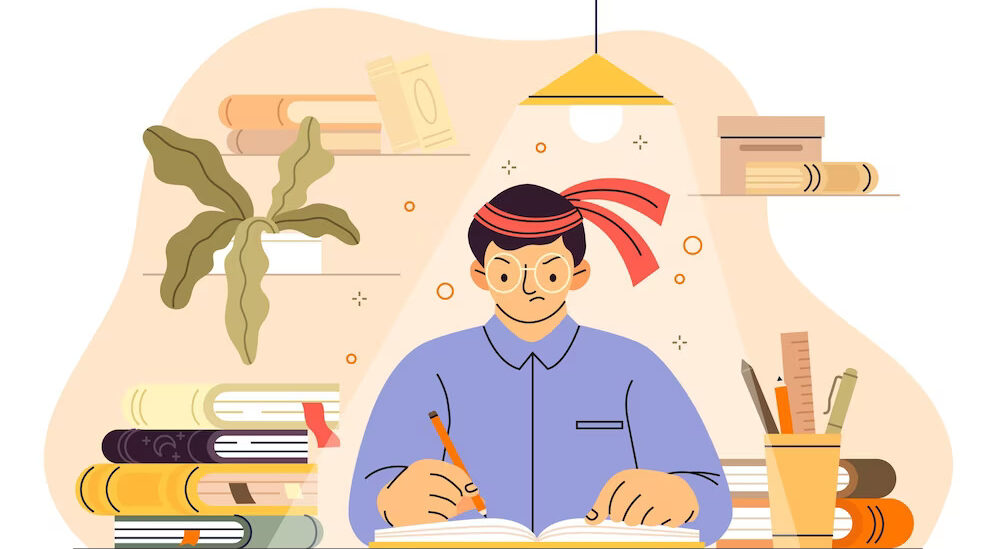Strategies to Minimize Plagiarism in Academic Writing
- 1 Comprehensive Strategies to Minimize Plagiarism
- 1.1 Embrace Proper Citation and Referencing Techniques:
- 1.2 Leverage Plagiarism Detection Tools:
- 1.3 Cultivate Excellent Research Skills:
- 1.4 Encourage the Use of Trusted Writing Services:
- 1.5 Foster a Culture that Values Originality:
- 1.6 Provide Comprehensive Plagiarism Education and Training:
- 2 Role of Educational Institutions in Combating Plagiarism
- 3 Conclusion
Plagiarism is the act of using another person’s work without giving them due credit, thereby presenting it as one’s own. This dishonest practice carries heavy consequences, including negative impacts on one’s academic and professional reputation and possible legal repercussions. Therefore, in academic writing, where the value of originality, insight, and integrity cannot be underestimated, preventing plagiarism is a paramount concern.
Understanding Plagiarism
Plagiarism comes in different forms, from outright copying from a source without citation to paraphrasing someone else’s work without credit. Sometimes, plagiarism can be unintentional, stemming from a lack of understanding about proper citation practices or the false belief that information from common knowledge doesn’t need citation. It’s even possible to plagiarize artistic work like music and art if used without proper acknowledgment.
Importance of Academic Integrity
Academic integrity characterizes responsible and ethical behavior in scholarly activities. It stands on the fundamental pillars of honesty, trust, fairness, respect, and responsibility. Propagation of academic integrity ensures that the research community fosters original ideas, acknowledges others’ intellectual properties, and eliminates any form of academic deceit like plagiarism.
Comprehensive Strategies to Minimize Plagiarism
To significantly reduce plagiarism in academic writing, several effective approaches should be diligently pursued. These strategies are not only about deterring plagiarism, but also about fostering a culture of academic integrity, responsible behavior, and deep, independent thinking.
Embrace Proper Citation and Referencing Techniques:
One of the most important tactics in the fight against plagiarism is to seize the art of citation and citing in all its due splendor. The true journey is to unravel the tangled web of quotations so that the substance of another person’s labor can be captured within the boundaries of one’s own speech without being tainted by plagiarism. Additionally, observe the subtleties of summarizing and paraphrasing, which are artistic undertakings that beg for our compassion in order to be freed from the constraints of plagiarism. The fabric of academia is made up of several citation styles, with APA and MLA among the famous few. These styles preserve the sources of information in a respectful dance of academic attribution. In fact, the pantheon of virtue embraces this mastery, preserving the purity of originality and paying respect to the dominance of intelligence among our contemporaries.
Leverage Plagiarism Detection Tools:
These tools, which scan and compare a document against millions of others available on the internet and in diverse databases, can be invaluable for ensuring work is plagiarism-free. However, they should not be relied upon exclusively or seen as foolproof. It’s essential to understand they are supplemental to, and not a substitute for, careful citation practices.
Cultivate Excellent Research Skills:
Developing strong abilities in areas such as critical reading and effective note-taking can considerably lessen the risk of unintentional plagiarism. A systematized approach to managing sources can also aid in tracking the origin of ideas and information, making the citation process straightforward.
Encourage the Use of Trusted Writing Services:
Various platforms, for instance Easyessay, a reliable research paper writing service, can be an asset for students. They provide plagiarism-free work tailored to specific requirements, offering students an example of the high level of originality and integrity required in academic writing.
Foster a Culture that Values Originality:
By encouraging an environment that gives credit to unique ideas and independent thought, we can create a learning space where copying others’ work becomes less appealing.
Provide Comprehensive Plagiarism Education and Training:
This could entail running seminars and workshops focused on educating about plagiarism and its consequences, or integrating strong plagiarism deterrence policies within the course syllabi. Regular training can keep students updated on best practices regarding academic integrity.
In effectively implementing these strategies, we can substantially minimize the incidence of plagiarism and nurture an atmosphere of honesty, respect, and originality in the quest for knowledge.
Role of Educational Institutions in Combating Plagiarism
It is impossible to exaggerate the crucial role that educational institutions play in reducing the grave threat of plagiarism in the field of education. A complex strategy that includes the development and strict application of academic regulations carefully crafted to strengthen the foundation of academic integrity serves as a powerful bulwark against this intellectual trespass. The instructional role of the instructor appears as a key element in this complex tapestry, deftly explaining the complex laws and their inherent relevance while decorating their discourse with striking examples of admirable citation techniques. Additionally, the availability of academic assistance tools like the nurturing haven of writing centers expands the pool of accessible advice, illuminating the way to academic greatness.
Conclusion
There is little doubt that plagiarism poses a significant threat to the quality and integrity of education. It detracts severely from the educative value and significance of academic writing. Plagiarism acts as an impediment that hinders the cultivation and development of an individual’s critical thinking skills, their understanding, and command of various writing styles. Not only does it negate the effort put into original thought and independent research, but it also compromises the very essence of academia, which is the unhindered flow and exchange of unique ideas.
The implementation of robust, comprehensive strategies to counter plagiarism serves a dual purpose. Not only does it reduce the incidence of academic dishonesty, but it also fosters a respectful and sincere educational environment. Such an atmosphere prizes originality, innovation, and respect for the intellectual property of others. Through this, we can strive for the holistic development of a student where they are not just gaining knowledge but also building essential skills such as academic writing styles, research expertise, and ethical conduct.
Thus, it becomes imperative to equip every student with a clear understanding of what constitutes plagiarism, the repercussions of it, and efficient strategies to avoid falling into such a practice. By doing so, we uphold the principles of academic integrity, promote unique and independent thought, and encourage the utilization of diverse writing styles in their academic journey. Hence, consolidating their foundation for success, not just in their academics, but in future professional endeavors as well.



















